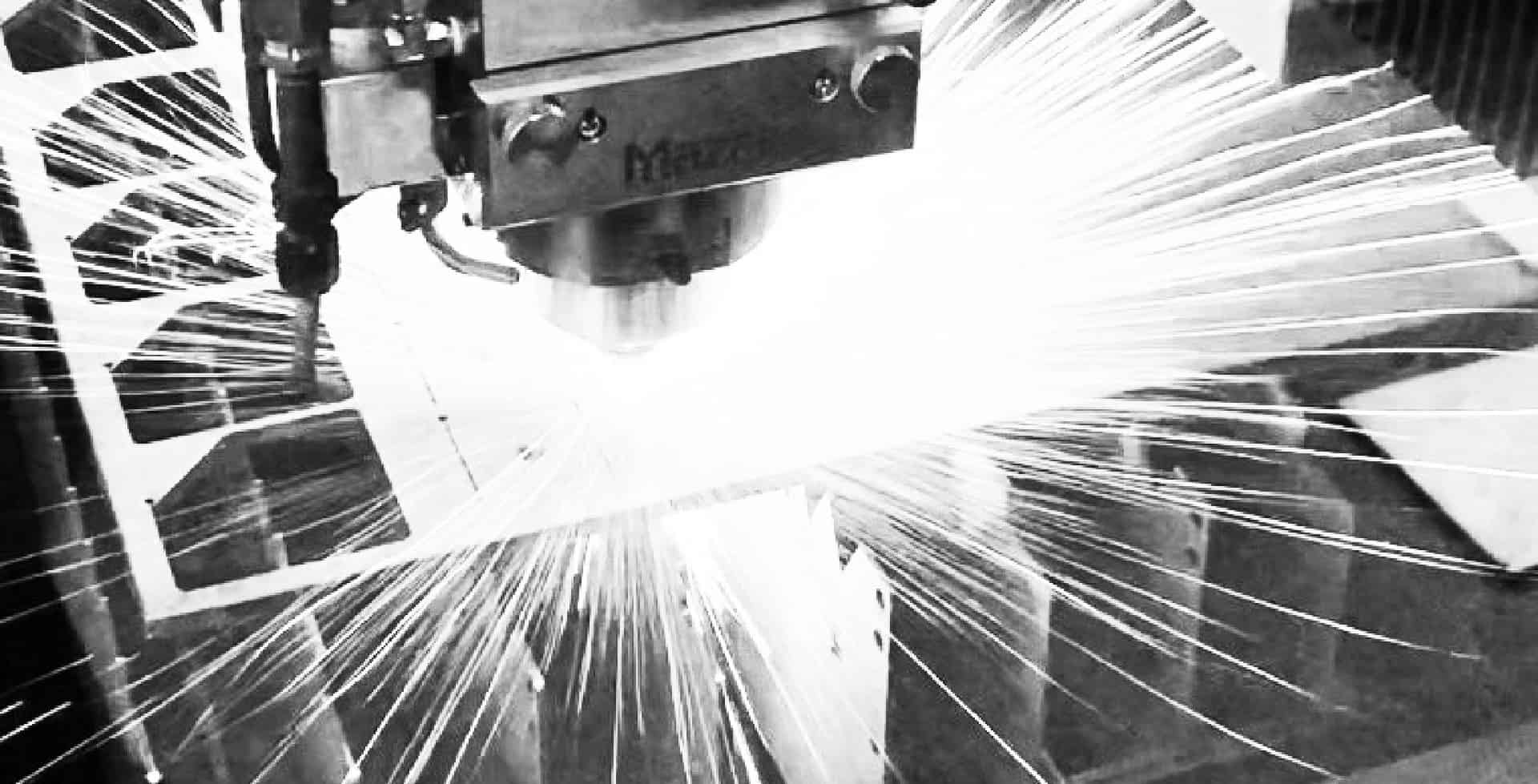Balancing an industrial dust collection system

Achieving optimum airflow through an industrial dust collection system is done by balancing the system. Balancing involves adjusting the dampers to provide proper airflow to individual pickup points. It’s important to understand how your industrial dust collection system is performing and how to accommodate the ever-changing effects on the system through balancing.
Why balancing your system is important
Well-designed industrial dust collection systems will achieve ideal airflow and improve the process performance. See our “Industrial dust collection design strategies for optimal industrial airflow” blog for more information.
However, plugged filters or even changing weather patterns can affect the airflow in your dust collection system. In a facility with a ventilation system having to 25 pickup points on a single-fan system, each of those points may need adjustment to provide adequate airflow.
Your system’s air velocity needs to match the range required for the particulates you are capturing:
- Too high of air velocity may decrease filter life; erode the ductwork; coat duct walls with dust in the case of moist or sticky particulates; and waste energy.
- Too low of air velocity may cause dust to drop and build up in the ductwork.
Dampers ensure the fan is pulling the air volume needed, so that adjusting the dampers creates resistance. By creating this resistance, it’s easier to pull air from the different branches of the system.
Benefits of running your ventilation system on a VFD
Fans that run at a fixed speed are controlled with dampers. But, by running your ventilation system using a variable frequency drive (VFD), you can change fan speeds at the push of a button. There are three reasons VFDs should be considered:
- Energy conservation: Because you are using the correct amount of horsepower needed to run the system, you’ll conserve energy and lower operating costs.
- Flexibility: VFDs give you easy flexibility to adjust fan speeds.
- Reduces maintenance: VFDs increase equipment life because they lessen the wear on motors.
Some people correlate VFDs to the cleanliness of a baghouse. They monitor differential pressure across the baghouse and adjust the fan speed to maintain the correct volume even when the filter media gradually deteriorates and creates more resistance.
Installing VFDs is more expensive than manual dampers, but you will save on operating costs and maintenance in the long run.
IVI analysis
IVI’s airflow analysis method, IVI Flo, identifies areas for improvement within an industrial ventilation system. Once we identify these areas, we can adjust dampers to provide proper airflow, or we will discuss with you the benefits of installing a VFD. Learn more about our Airflow Analysis and contact us for more information.